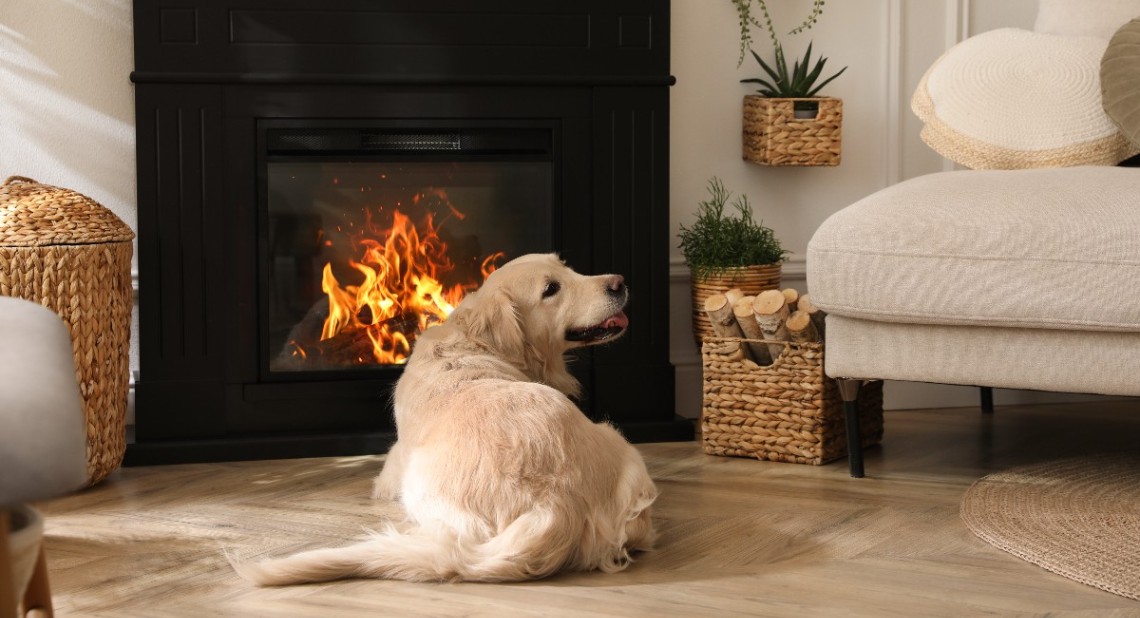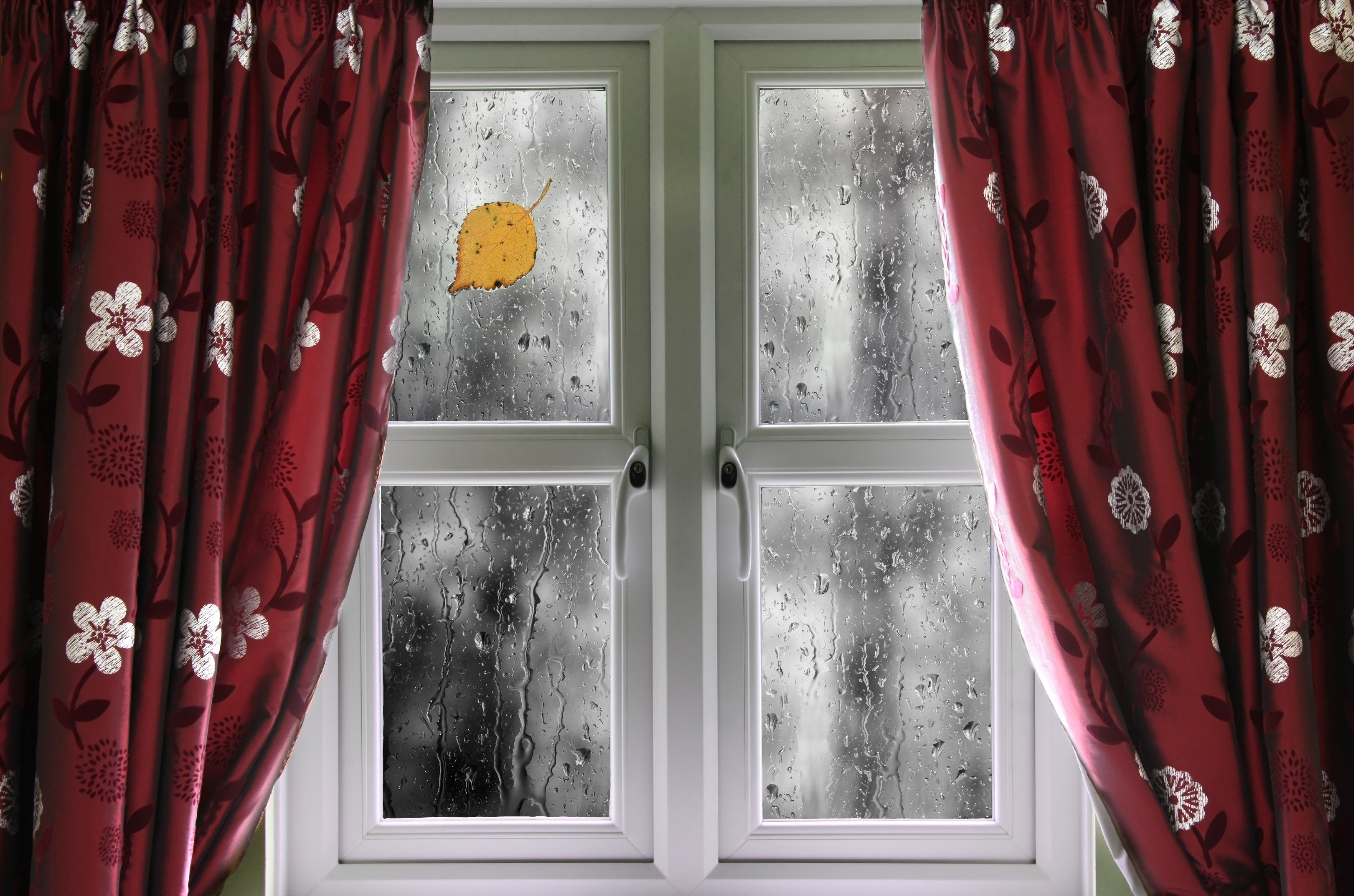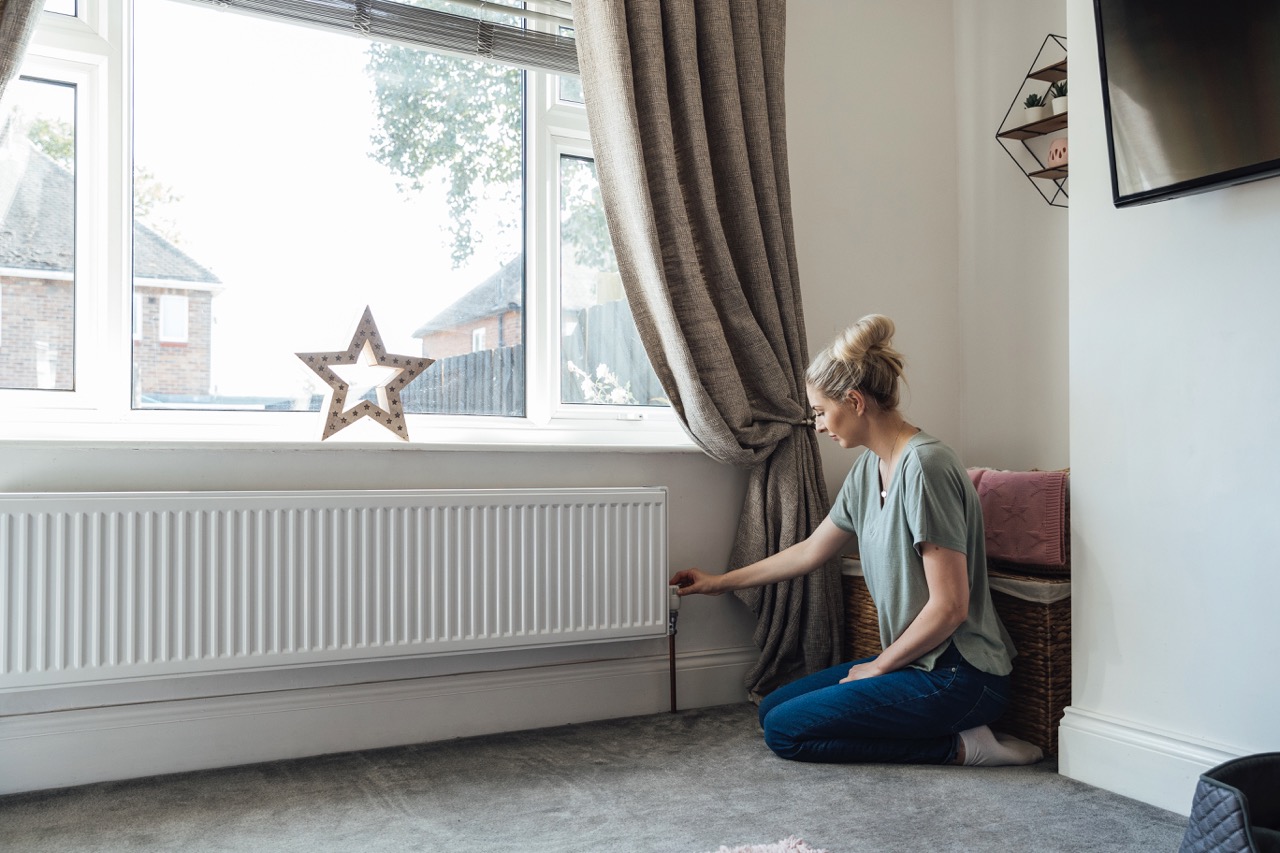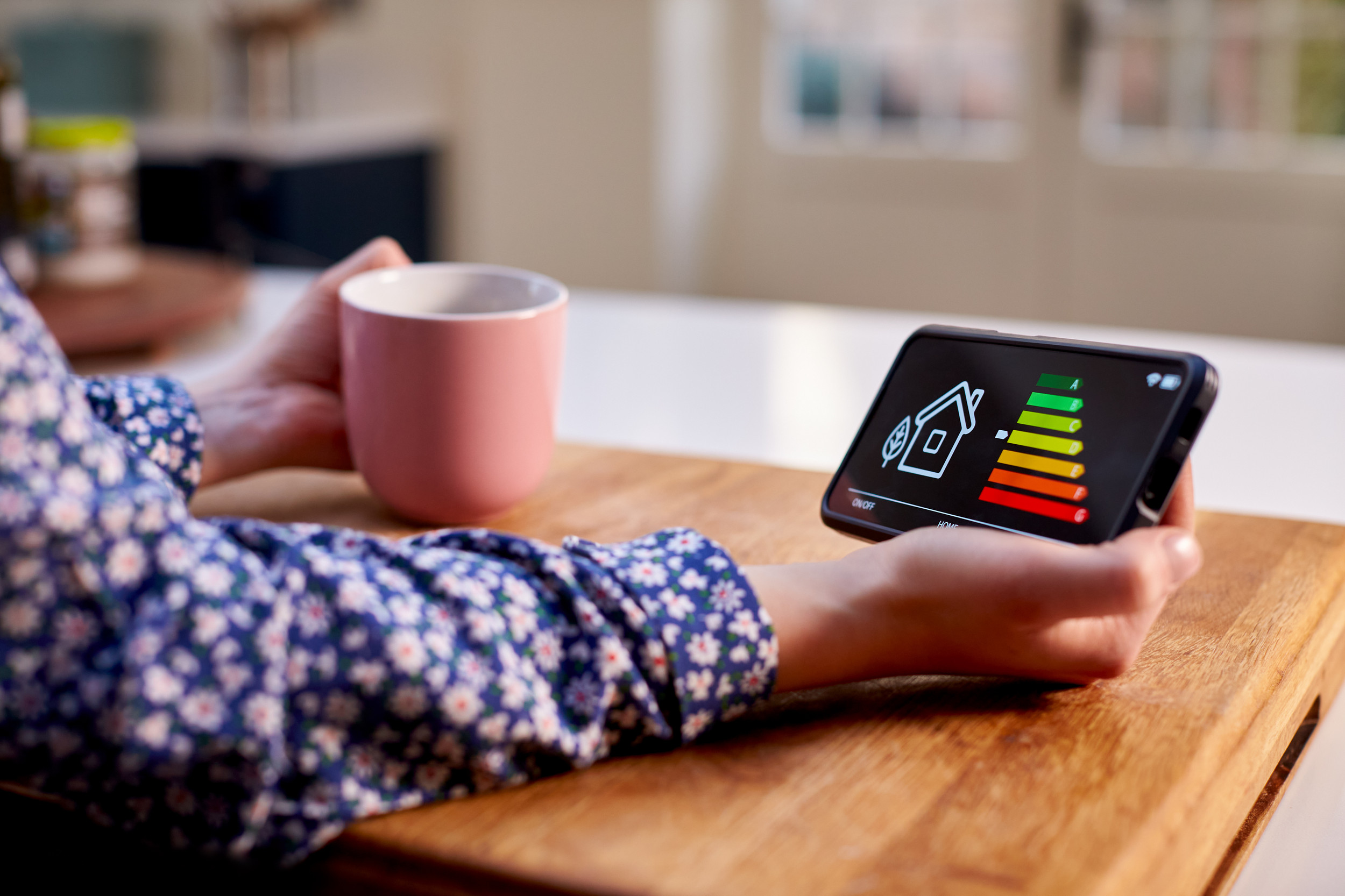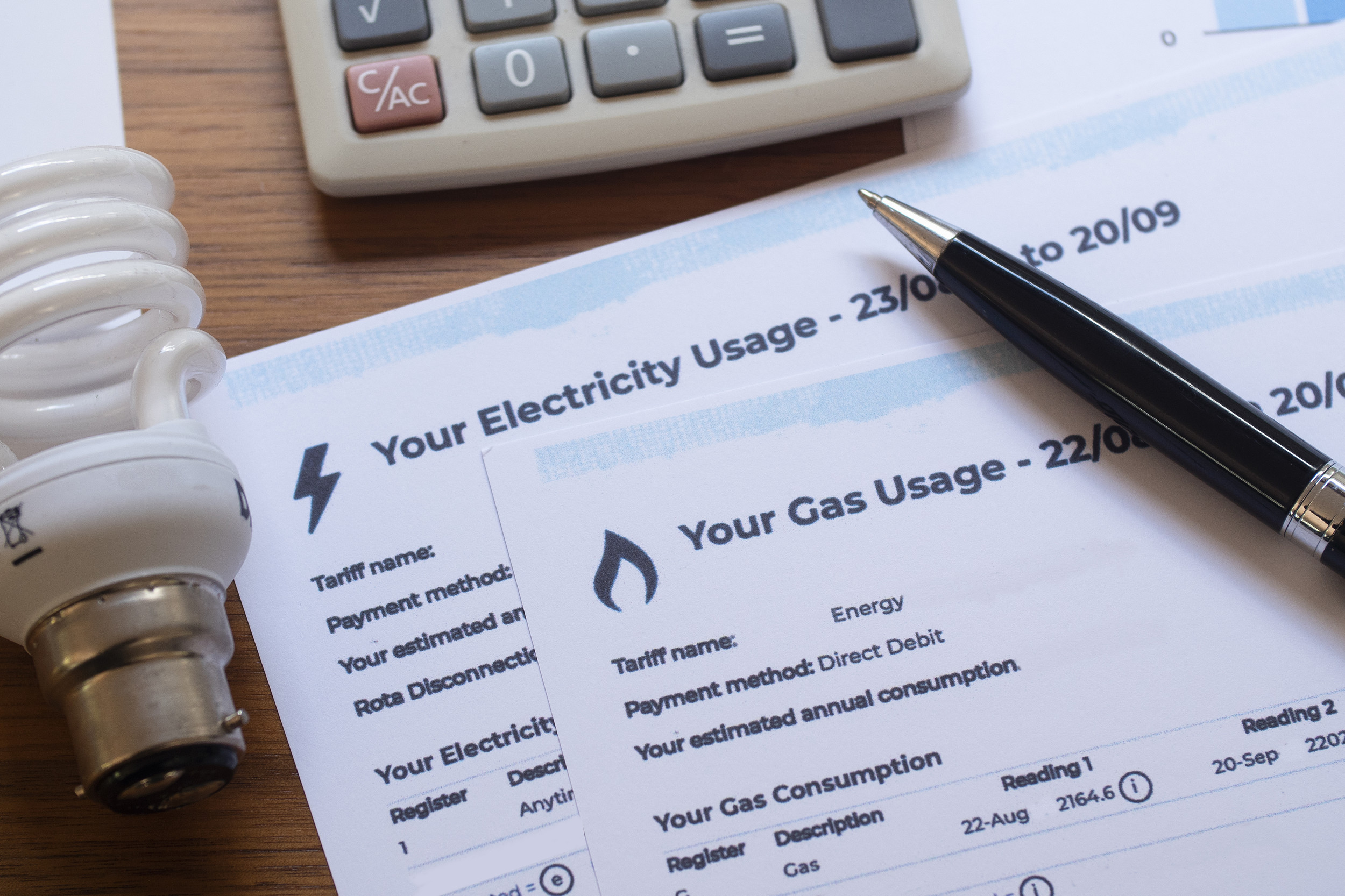With the arrival of colder weather and energy costs increasing, we can all benefit from some energy saving tips this winter. The good news is that most homes can be made cosier, warmer and more energy-efficient if we make some small changes. You can keep some of these tips handy to plan ahead for next year too.
Here are some helpful tips to make your home more comfortable this winter. Most of these suggestions are easy to do without any DIY skills. Some of the tips at the end may need professional help but can make a big difference in the long term.
Use heavy curtains and blinds
Advice from the Energy Saving Trust shows thermal curtains can be more energy efficient as they are thicker than regular curtains. Hollow blinds, fitted to the window with a sealed frame can also help to stop air escaping and keep your room warmer for longer.
Layer up in bed
When choosing a duvet, it is important to think about the tog rating, as this shows how well the duvet insulates heat. The Sleep Charity recommends choosing a duvet with a high tog rating or to layer up in bed with a few blankets. Having more than one blanket can trap warm air, keeping you cosier for longer. This is of course all down to personal preference and you can remove blankets during the night if you get too hot. Wearing thicker pyjamas with bed socks as well as taking a hot water bottle to bed is also a good way to keep warm as the temperatures drop.
Keep radiators clear
The room should heat up quicker when there is more space around the radiator. If you can, try not to block your radiators with big items like sofas or heavy curtains, as they can soak up the heat. By keeping these spaces free, you’ll feel the benefit of the heating being on. If you ever consider changing your radiators, aluminium ones are designed to heat up much more quickly than other metals such as cast iron and steel. Also, vertical radiators might be a better fit for your space.
Bounce heat back into your room
You can also boost the efficiency of your heating by reflecting heat back into the room instead of letting it escape into the wall. To do this, you can attach reflector panels behind your radiators. If you have an outside-facing wall, that’s a good spot to put one. While it’s relatively easy to attach the panel, you will likely need to measure the area and cut it to the correct size first.
Fill in the gaps
Heat loss happens when there are cracks and gaps around the edges of windows. This can cost you around £20 a year in lost heat. Self-adhesive foam strips can create an effective seal around draughty windows and are relatively easy to attach. Similar strips can also be attached to skirting boards, cat flaps and, if you’re able to safely access them, around loft hatches. Brush strips attached to the bottom of doors and letterboxes also create an effective barrier, while a keyhole cover can also make a big difference.
If you have an older property or wooden floorboards, cold air can also rise up through any cracks and gaps in the floor. One simple solution is to lay down a thick rug. The more floor space it covers, the better the barrier you’ll have against the cold. It’ll keep the floor warm underfoot and make your room feel cosier – not to mention, it will be a nice new piece of decoration!
Bleed your radiators
This is a task that sounds more complicated than it is – although you might need to get someone to help you. If you need to bleed a radiator, it’s likely because there’s trapped air or ‘sludge’ inside. This can make the heating less effective or create a temperature difference between the top and bottom.
Radiators should be bled at least once a year. Make sure the heating is off, the radiators are cold and start with the one furthest from the boiler (downstairs first and working upwards if you live in a room with more than one floor).
Follow these steps to bleed your radiators:
1. Hold an old cloth under the bleed valve to catch any discoloured water
2. Insert the bleed key and turn it anticlockwise until you hear hissing
3. As soon as water begins to escape, turn it clockwise to tighten the valve
4. Repeat on any radiators that need to be bled
5. Turn the heating back on to check if they heat up correctly. If they still don’t, you might need to call a plumber.
Get your boiler checked (and serviced)
You will need expert assistance here, but this is an important step to keep your home warm and energy-efficient. Newer boilers are more efficient than older boilers, but a regular service can make sure an older boiler runs more efficiently. It can also ensure the engineer picks up any small issues before they become bigger and more costly. Aim to have your boiler serviced each summer, rather than waiting for winter, when you’ll need it most.
Get glazed
Double-glazed windows lose up to 70% less heat than single-pane windows, and triple-glazed are even more energy efficient. Both of these options are very expensive and could be something you think about in the future. Window film is a cheaper and more effective alternative. Designed primarily to increase thermal insulation, window film sticks to the window and creates a barrier that stops warmth from escaping and the cold getting in.
Interested in joining the Scheme?
About the Scheme
The Motability Scheme offers an all-inclusive package. If you are in receipt of a qualifying mobility allowance you can use it to lease a car, scooter, powered wheelchair or Wheelchair Accessible Vehicle. The Scheme provides flexible and hassle-free access to a brand-new, reliable vehicle of your choice. As well as a great choice of cars, we also provide a wide range of Wheelchair Accessible Vehicles, scooters and powered wheelchairs.
Eligibility
To join the Scheme, you must be in receipt of one of the following mobility allowances:
- Enhanced Rate of the Mobility Component of Personal Independence Payment (PIP)
- Higher Rate Mobility Component of Disability Living Allowance (DLA)
- Higher Rate Mobility Component of Child Disability Payment – Scotland
- War Pensioners’ Mobility Supplement (WPMS)
- Armed Forces Independence Payment (AFIP)
You can easily check whether you’re eligible to join the Motability Scheme by using our eligibility checker tool.
Related articles
Preparing for the colder weather: advice for powered wheelchair and scooter users
What is pre-conditioning for electric cars and why should you do it?
How to avoid driving anxiety this winter
![]()
